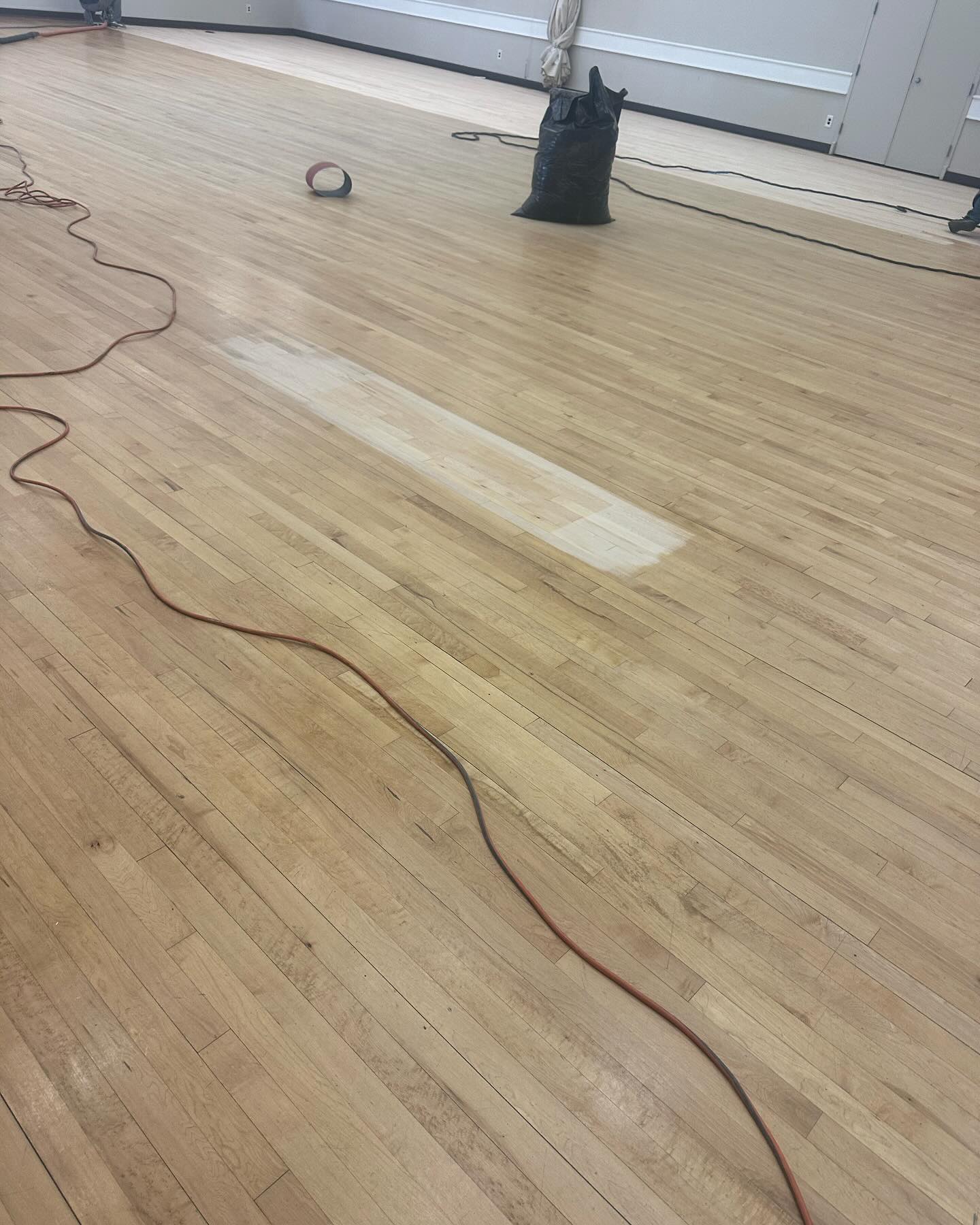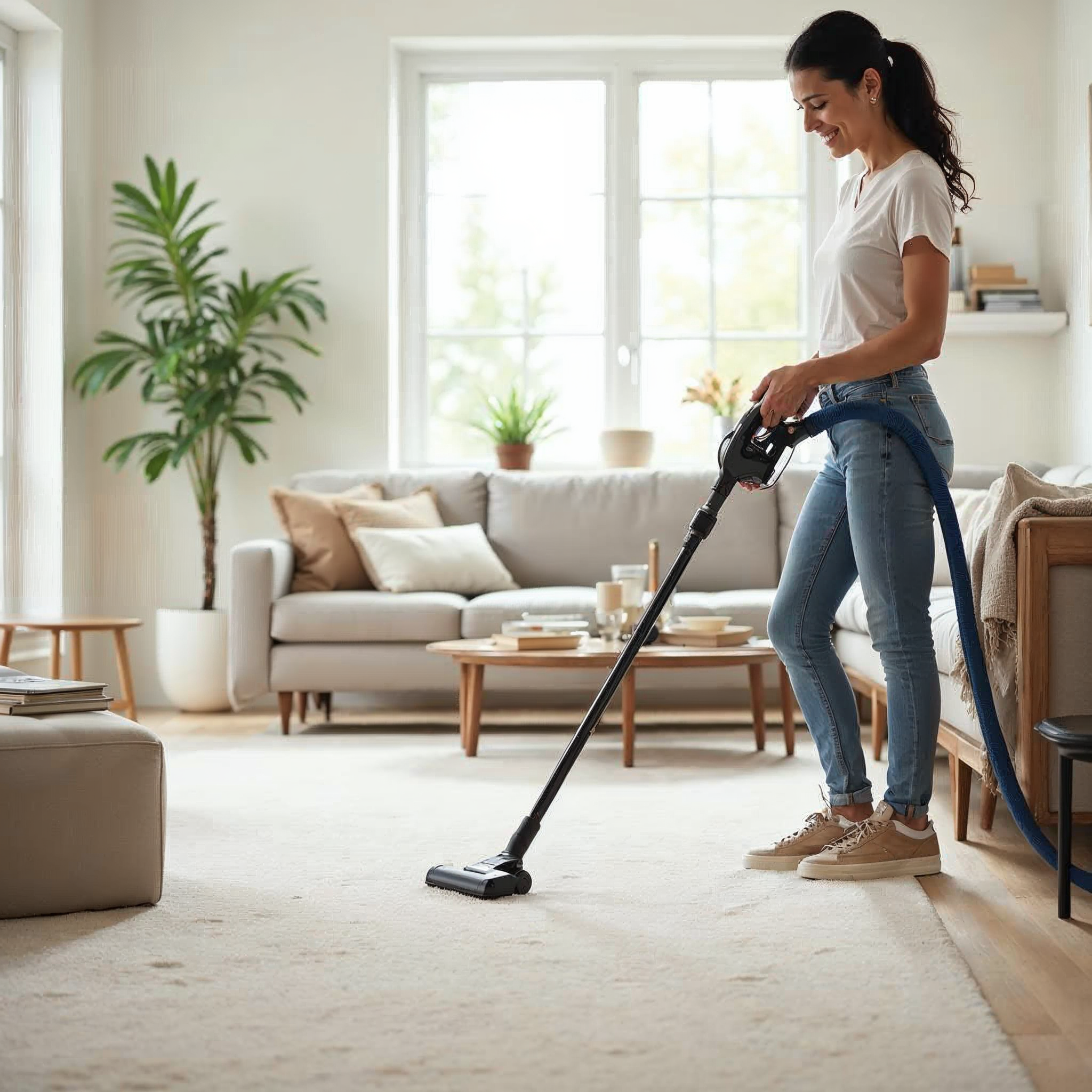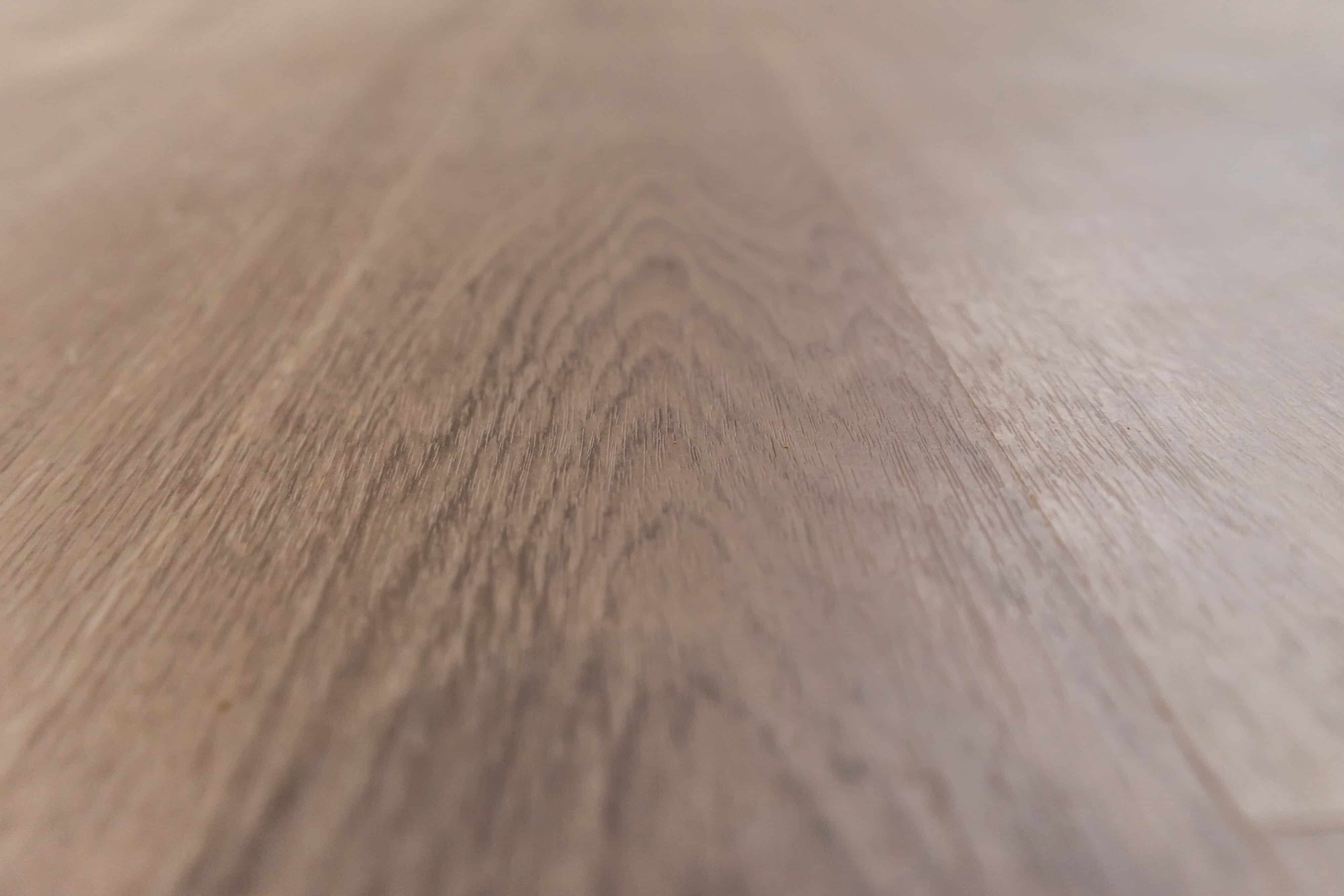Reviving Old Floors in Your Maryland Home: Restoration vs. Replacement
Maryland Homeowners’ Guide to Worn-Out Flooring: Restoration or Replacement?
Worn-out flooring in historic Maryland homes presents a unique challenge to homeowners, who are often torn between the charm of original floors and the practicality of modern solutions. As time takes its toll, the choice between floor restoration and complete replacement becomes crucial, with each option offering distinct advantages and considerations. While floor restoration in Maryland can preserve the historic essence of a home, refinishing hardwood floors may not always suffice if the damage is extensive. On the other hand, replacing damaged flooring can provide an opportunity for updated aesthetics and improved durability. In this guide, we will delve into the intricacies of repairing old floors, compare the cost of floor restoration versus replacement, and help you make an informed decision for your cherished Maryland residence.
Understanding Floor Restoration in Maryland
Floor restoration in Maryland is a crucial consideration for homeowners looking to preserve the charm and value of their historic properties. This section explores the benefits, processes, and challenges associated with breathing new life into old floors.
Benefits of Floor Restoration
Floor restoration offers numerous advantages for Maryland homeowners. By revitalizing existing flooring, you can maintain the authentic character of your home while improving its overall appearance and value.
Restoration is often more cost-effective than full replacement, especially for high-quality hardwood floors. It’s also an environmentally friendly option, reducing waste and the need for new materials.
Properly restored floors can last for decades, providing a durable and beautiful surface that enhances your home’s aesthetic appeal. Additionally, restoration can address minor imperfections and damage, resulting in a smoother, more uniform appearance.
Process of Refinishing Hardwood Floors
Refinishing hardwood floors is a meticulous process that can transform worn-out flooring into a stunning feature of your Maryland home. Here’s a general overview of the steps involved:
Assessment and preparation: Inspect the floor for damage and remove furniture and fixtures.
Sanding: Use progressively finer grits to remove the old finish and smooth the wood surface.
Cleaning: Thoroughly remove all dust and debris from sanding.
Staining (optional): Apply wood stain if desired to enhance or change the color of the wood.
Finishing: Apply multiple coats of protective finish, allowing proper drying time between each coat.
This process typically takes several days to complete, depending on the size of the area and the condition of the floors. Professional expertise is often recommended to ensure the best results.
Common Issues in Repairing Old Floors
Repairing old floors in Maryland homes can present unique challenges. Common issues include:
Structural damage: Over time, joists or subfloors may weaken, requiring reinforcement before restoration can begin.
Water damage: Moisture issues are prevalent in older homes and can lead to warping, cupping, or rot in wooden floors.
Gaps and unevenness: Natural settling of the house can cause gaps between floorboards or create uneven surfaces that need addressing.
Insect damage: Termites or other wood-boring insects may have compromised the integrity of the flooring.
Addressing these issues often requires specialized knowledge and techniques to ensure a successful restoration while preserving the floor’s historic character.
Deciding Between Restoration and Replacement
When faced with worn-out flooring, Maryland homeowners must carefully weigh the options of restoration versus replacement. This decision depends on various factors, including the floor’s condition, budget considerations, and desired outcomes.
Signs You Need to Replace Damaged Flooring

While many floors can be restored, some damage signals the need for replacement. Here are key indicators to watch for:
Extensive water damage: If your floor has been subjected to prolonged moisture exposure, it may be beyond repair. Look for widespread warping, mold growth, or a musty odor.
Structural instability: Floors that feel spongy, excessively creaky, or have visible sagging might have underlying structural issues requiring replacement.
Severe wear and tear: Multiple deep scratches, gouges, or worn-through areas, especially in high-traffic zones, may indicate that the floor has reached the end of its lifespan.
Repeated refinishing: Hardwood floors can only be refinished a limited number of times. If your floor has been refinished multiple times already, replacement might be the better option.
Outdated materials: Some older flooring materials, like asbestos tiles, are health hazards and should be professionally removed and replaced.
Weighing Cost of Floor Restoration vs Replacement
Comparing the costs of restoration and replacement is crucial for making an informed decision. Consider the following factors:
Restoration | Replacement |
|---|---|
Lower upfront cost | Higher initial investment |
Preserves original materials | Allows for modern upgrades |
May have limitations on longevity | Provides a fresh start |
Can be completed more quickly | May require longer installation time |
Remember that while restoration might seem more cost-effective initially, repeated restorations over time could exceed the cost of a one-time replacement. Evaluate your long-term goals and budget to determine the most economical choice for your situation.
Options for Historic Home Flooring
Maryland’s rich architectural heritage means many homeowners are tasked with maintaining historic flooring. This section explores ways to preserve original charm while incorporating modern solutions when necessary.
Preserving Original Charm
Preserving the original charm of historic home flooring is a delicate balance between restoration and conservation. It’s essential to understand the historical significance of your flooring and the appropriate techniques for its preservation.
Material identification: First, identify the type of flooring you have. Common historic materials include heart pine, oak, and maple. Each requires specific care and restoration methods.
Gentle cleaning techniques: Use pH-neutral cleaners and avoid harsh chemicals that can damage old finishes or wood. Regular maintenance can prevent the need for more invasive restoration.
Selective repair: When possible, opt for repairing individual damaged boards rather than replacing entire sections. This approach maintains the floor’s authenticity and character.
Consider consulting with a historic preservation specialist to ensure your restoration efforts align with best practices for maintaining the integrity of your home’s original features.
Modern Solutions for Classic Styles
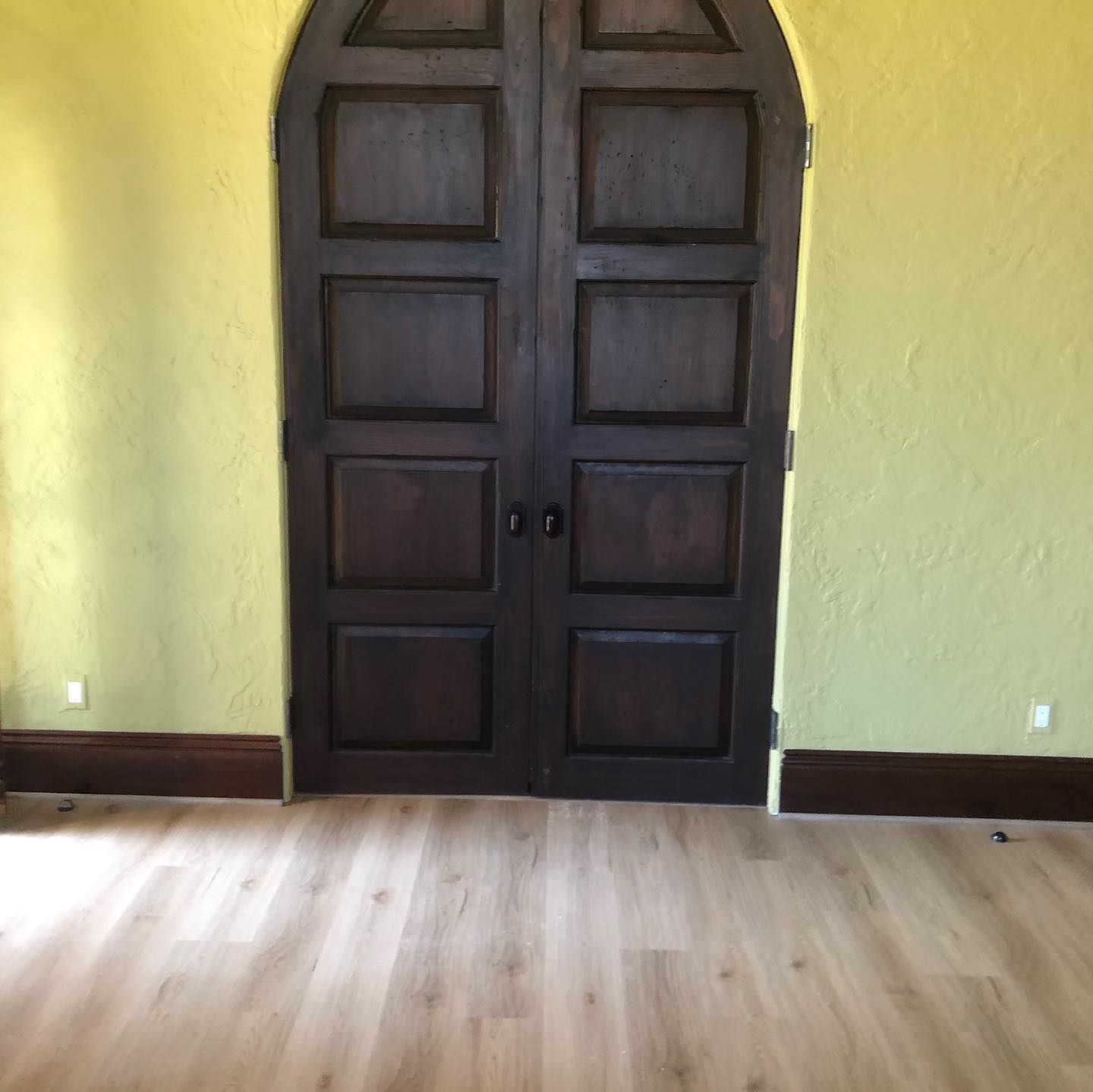
While preserving original flooring is ideal, sometimes modern solutions are necessary to address severe damage or practical concerns. Here are some options that blend classic style with contemporary benefits:
Engineered wood flooring: This option provides the look of solid hardwood with improved stability and moisture resistance. It can be an excellent choice for areas prone to humidity fluctuations.
Luxury vinyl planks (LVP): Modern LVP can closely mimic the appearance of wood while offering superior durability and water resistance. It’s a practical choice for high-traffic areas or rooms prone to moisture.
Reclaimed wood: For a truly authentic look, consider using reclaimed wood from other historic buildings. This option provides the character of aged wood while allowing for a fresh installation.
When incorporating modern materials, pay attention to details like plank width, color variation, and texture to ensure they complement your home’s historic aesthetic.
Choosing the Right Flooring Professional
Selecting the right professional for your floor restoration or replacement project is crucial to achieving the best results. This section will guide you through finding experts and asking the right questions.
Finding Experts in Floor Restoration Maryland
Locating skilled professionals for floor restoration in Maryland requires thorough research and due diligence. Here are some steps to help you find the right expert:
Ask for recommendations from local historical societies or preservation groups.
Check online directories and review sites for highly-rated flooring specialists.
Visit showrooms or completed projects to assess the quality of work firsthand.
Verify credentials, including licenses, insurance, and any specialized certifications.
Look for professionals with specific experience in historic home flooring and a portfolio that showcases work similar to your project. Don’t hesitate to ask for references from past clients with similar homes or restoration needs.
Questions to Ask Potential Contractors
When interviewing potential contractors for your flooring project, ask the following questions to ensure they’re the right fit:
How many years of experience do you have with historic home flooring?
Can you provide examples of similar projects you’ve completed?
What restoration techniques do you use, and how do they preserve the floor’s integrity?
Are you familiar with local building codes and historic preservation guidelines?
What is your process for assessing floor condition and determining the best course of action?
How do you handle unexpected issues that may arise during the project?
Can you provide a detailed written estimate and project timeline?
Remember to trust your instincts and choose a contractor who communicates clearly and shows a genuine interest in preserving the character of your home.
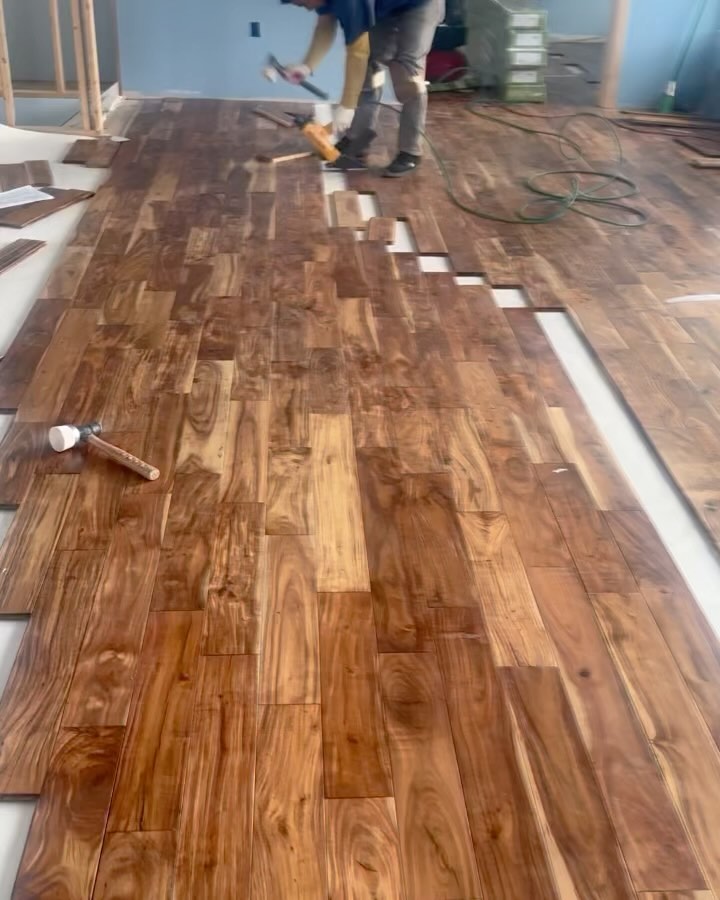
Final Considerations for Maryland Homeowners
As you approach your flooring project, keep in mind these final considerations to ensure a successful outcome and long-lasting results for your Maryland home.
Budgeting for Your Flooring Project
Proper budgeting is essential for any home improvement project, especially when dealing with historic flooring. Consider the following when planning your budget:
Material costs: Factor in the price of wood, finishes, and any necessary subfloor materials. For restoration, include costs for repair materials and matching historic elements.
Labor expenses: Professional restoration or installation can be labor-intensive. Get detailed quotes from multiple contractors to understand the range of costs.
Contingency fund: Set aside 10-20% of your total budget for unexpected issues that may arise during the project, such as hidden damage or necessary structural repairs.
Long-term value: Consider how your choice of restoration or replacement will impact your home’s value and future maintenance costs.
Create a comprehensive budget that includes all potential expenses, and be prepared to make informed decisions if costs exceed initial estimates.
Long-Term Maintenance and Care
Proper maintenance is key to preserving your restored or replaced flooring. Follow these guidelines to ensure longevity:
Implement a regular cleaning routine using appropriate products for your floor type.
Use protective pads under furniture to prevent scratches and dents.
Control indoor humidity levels to prevent wood expansion and contraction.
Address spills and water exposure immediately to prevent damage.
Schedule professional maintenance checks every few years to catch and address issues early.
By investing in proper care and maintenance, you can extend the life of your flooring and preserve the beauty and value of your Maryland home for years to come.
Fill out the form below and an AG Construction representative will contact you soon.
Contact Us Today


Whether you own a home or business, we’re your single source for complete flooring installation services! Our comprehensive services include:
- Hardwood staining, sanding, refinishing, restoration, and more!
- Carpet removal and installation
- Vinyl luxury plank replacement and installation
- Vinyl tile and COREtec installation
- And more!


